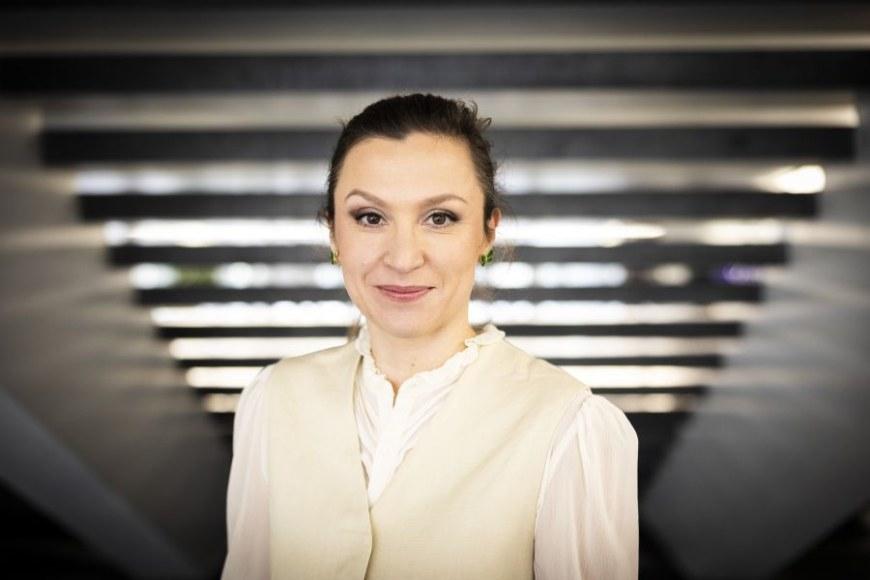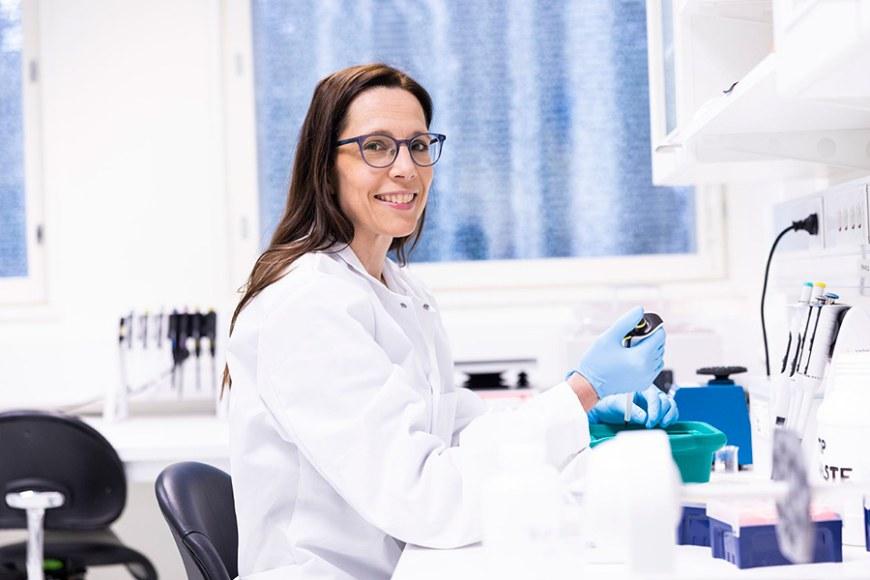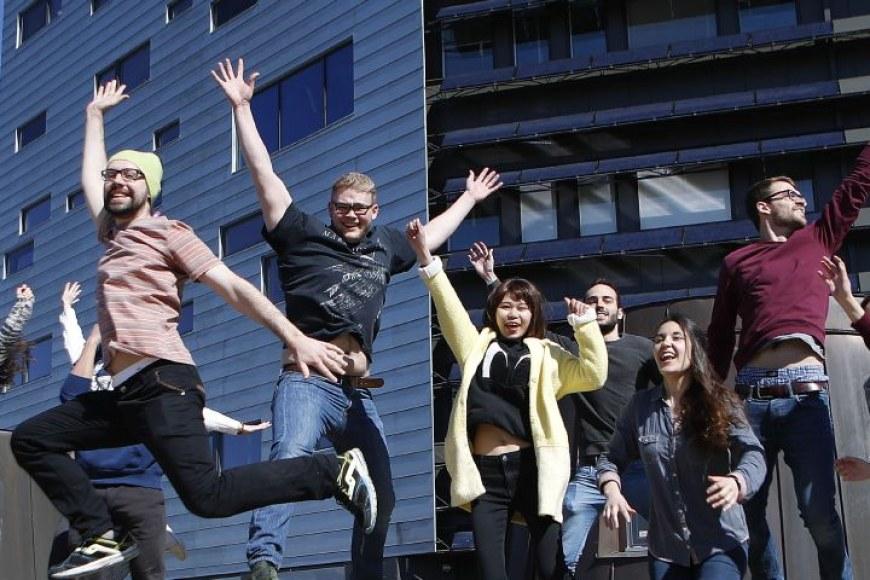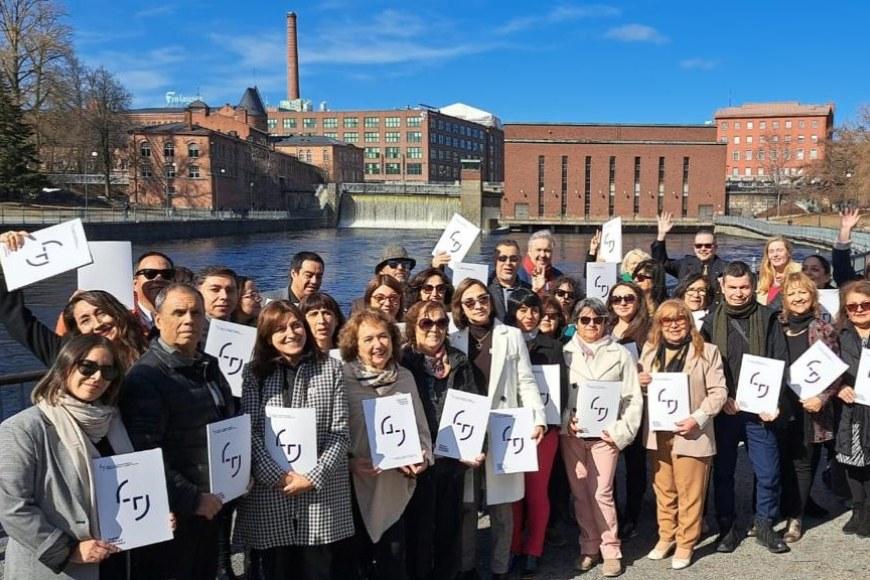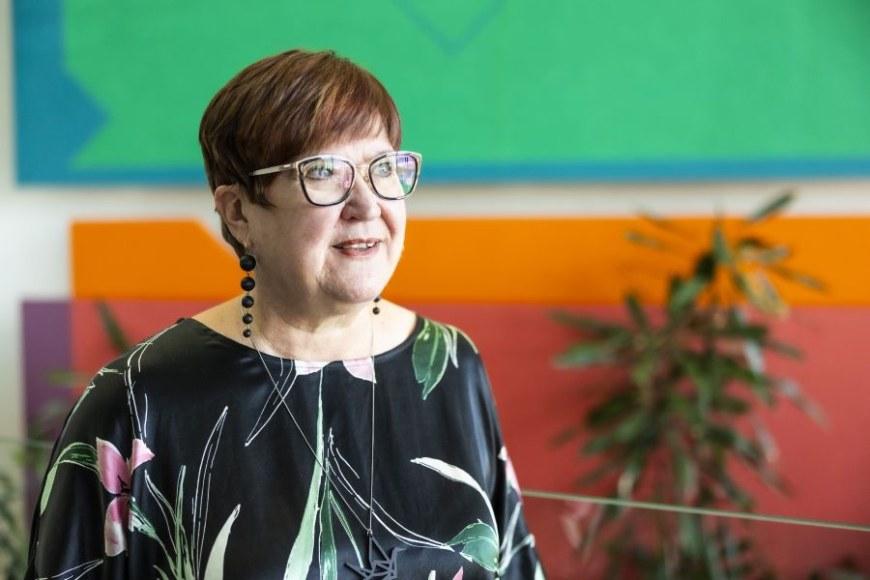Tampere University and KONE develop a virtual reality environment to foster innovation across borders
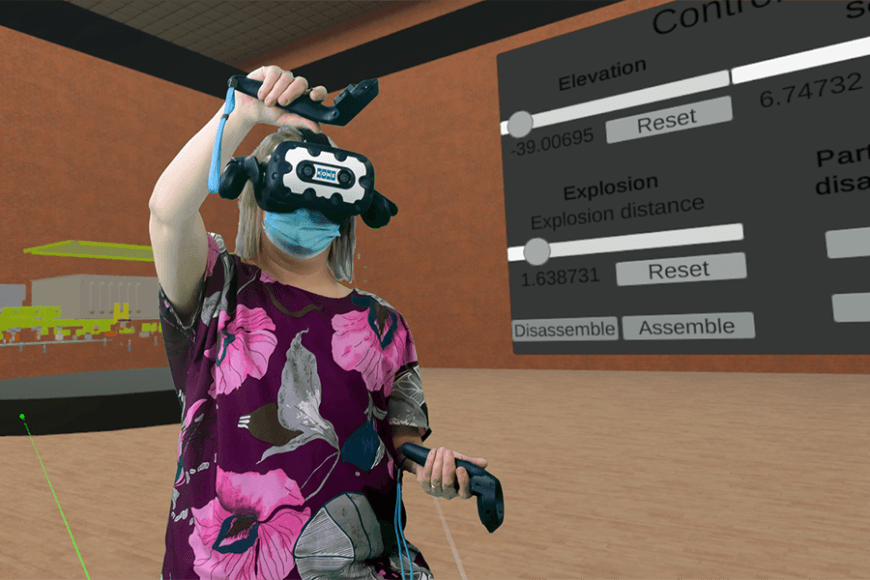
Researchers at Tampere University have teamed up with KONE to create a virtual reality (VR) environment that is designed to promote collaboration across geographical boundaries and is tailored to meet industry needs. The new software resulting from the HUMan Optimized xR (HUMOR) project has already been tested by KONE in Finland, the USA, India and China.
“The VR environment will not only promote communication and collaboration between company units located around the world but also simplify, accelerate and support workflows and processes. Considering the complex operational landscape of KONE, this brings important advantages,” says Markku Turunen, professor of interactive technology who leads the collaborative development of the VR environment at Tampere University.
Virtual reality brings agility to R&D
The new VR system is made up of two virtual environments and seven virtual tools for creating digital content for technical documents, such as user manuals. The virtual tools will also increase agility in product development.
According to Sanni Siltanen, senior expert in KONE’s Research team, the company has had a very positive experience working with Tampere University. Being a major global corporation, KONE benefits from collaborative solutions that can be remotely deployed at the same time all over the world. Due to the Covid-19 pandemic, the need to support virtual collaboration is more pressing than ever.
“Together with researchers at Tampere University, we have designed the necessary operational models and processes, integrated the software into the VR system and made it available to our units around the globe. KONE is an innovative company that captures the lessons learned and tailors the solution to the needs of users and the organisation as a whole to support, for example, R&D activities,” Siltanen says.
The VR platform facilitates the development of maintenance methods and maintenance instructions
The VR system has attracted widespread interest among employees at KONE, many of whom are keen to replace conventional workflows with virtual ones. VR technology can deliver significant benefits for export-intensive industries that also offer maintenance and repair services.
“The high-fidelity VR environment gives our staff in China a very realistic-feeling experience of a device that is physically located in Hyvinkää, Finland. For example, a lift can be virtually tested,” Siltanen says.
“All the possible functions can be integrated into the VR system to speed up and improve the development of maintenance procedures, among other things. Future maintenance procedures and training can be devised even before a physical prototype has been completed,” Turunen adds.
According to Turunen, VR technology also holds great potential for enhancing, for example, the design and maintenance of the built environment.
The joint HUMOR project will continue until the summer of 2022. The partners are currently developing new tools and elements for the VR software to improve workflows. They are also testing multi-user virtual environments.
Read more about the collaborative HUMOR project.
Contact
Markku Turunen
Tel. +358 40 533 9689
markku.turunen [at] tuni.fi
Sanni Siltanen
Tel. +358 50 585 0145
sanni.siltanen [at] kone.com
Text: Anna Aatinen
